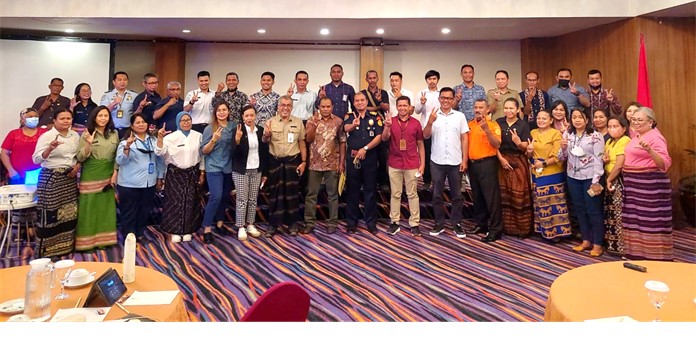In July 2021, the Marine Pollution Handling Team was formed by the East Nusa Tenggara (NTT) Provincial Government, with support from the Ministry of Marine Affairs and Fisheries (MAAF) and the ATSEA-2 Project. This has helped strengthen cross-institutional coordination among government and non-government partners in NTT. To be successful in responding to potential marine pollution disasters in the future, this team will need to synchronise with existing inter-agency programs, while also adapting to the availability of resources and time commitments of the parties involved.
On the morning on 19 July 2022, 48 participants gathered in the meeting room of the Sotis Hotel. They included the Head of the Environment and Forestry Office of NTT Province, Ondy Siagian, who is also the Chief Executive of the Marine Pollution and Damage Response Team.
In his opening remarks, he reiterated the importance of protecting the marine environment. He reminded all in attendance of the 2009 Montara oil spill disaster, and the need to prevent a reoccurrence of this event by whatever means necessary.
This meeting activity also took an inventory of the work programs of each agency and institution to ensure there is no overlapping of resources at the provincial level. The team members of the Marine Pollution and Damage Management Team had gathered to evaluate the action plan, which has been running for a period of one year (2021-2022), so they could identify targets for implementation. These can then be moved to the implementation and planning stage for the next year (2022-2023).

Mrs. Sulastri Rasyid is the Head of the Control and Protection Division of the NTT Department of Environment and Forestry (DLHK). During the meeting she was instrumental in facilitating the process of evaluating the implementation of the action plan for the period 2021-2022. She noted that challenges related to limited access as a result of the pandemic can be overcome by increasing the capacity of members of the Marine Pollution and Damage Response Team in preparedness for oil spill events at sea.
In order to build the capacity of team members, activities carried out at the meeting included training in the collection and management of data and information related to marine pollution; preparation of guidelines for collecting data and information related to marine pollution, including economic, social and environmental data; oil spill emergency response communication training; shoreline clean-up and assessment techniques (SCAT Survey) training; development of a reporting system (hotline centre) for oil spill accidents; simulation and monitoring training on early warning systems in Rote Ndao District; socialisation of the early warning system in NTT Province; and the establishment of a monitoring, reporting and early warning system for marine pollution events at the provincial level in NTT.
The next part of the process involved program inventory for each agency and institution, which was discussed by dividing team members according to their role in the Working Group (Pokja). There are five working groups in the Marine Pollution and Damage Response Team, namely: (1) the Data and Information Working Group; (2) Working Group for Quick Response of Pollution and Damage to the Marine Environment; (3) the Working Group on Laws and Crimes Related to Pollution and Damage to the Marine Environment; (4) the Working Group on the Impact of Pollution and Damage to the Marine Environment; and (5) the Community Empowerment and Communication Working Group.
During this group discussion, several main programs were identified, including routine training in responding to pollution in the port area, which was carried out jointly by the Harbourmaster Office and the Port Authority, the Maritime Security Agency and PT Pelindo; community service programs related to coastal community empowerment, which is carried out by all higher education institutions in NTT; and community-based marine and fishery resource monitoring programs implemented by the Department of Marine Affairs and Fisheries. In addition, various planning activities will be supported by the ATSEA-2 Project relating to preparedness for responding to oil spills and early warning systems for oil pollution at sea, as well as the preparation of contingency plan documents at the provincial level.
There are at least six strategies outlined in the action plan for responding to marine pollution in NTT, with five strategies and a further 16 activities targeted for implementation in 2022. The commitment of the province of NTT to become an area that is prepared for disasters against marine pollution needs to be supported by various regional and national partners. The MMAF, working through ATSEA-2, will continue to support this initiative.
(By Khaifin)


